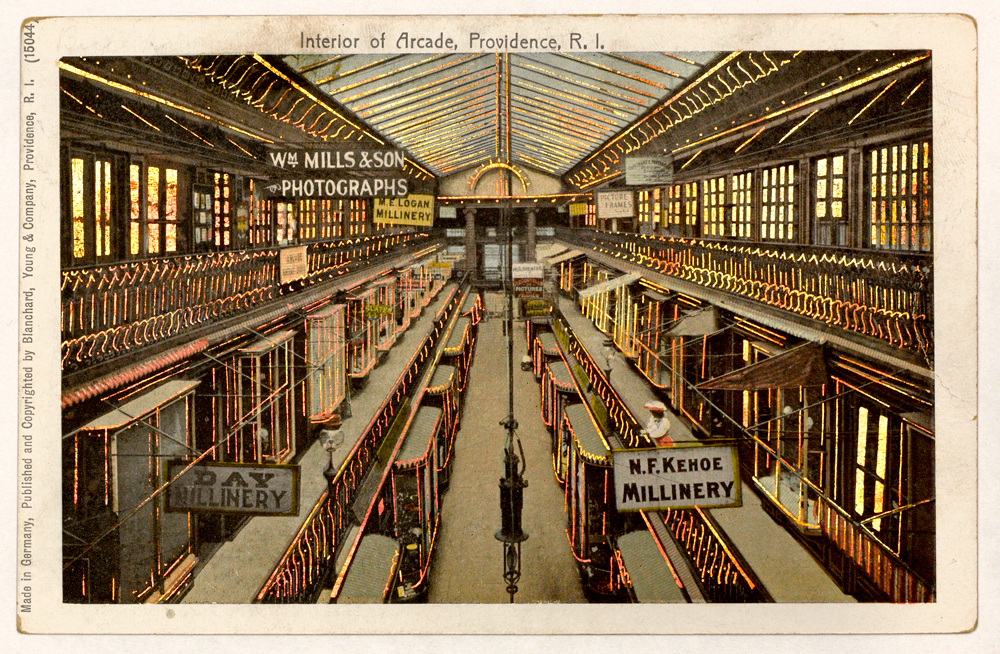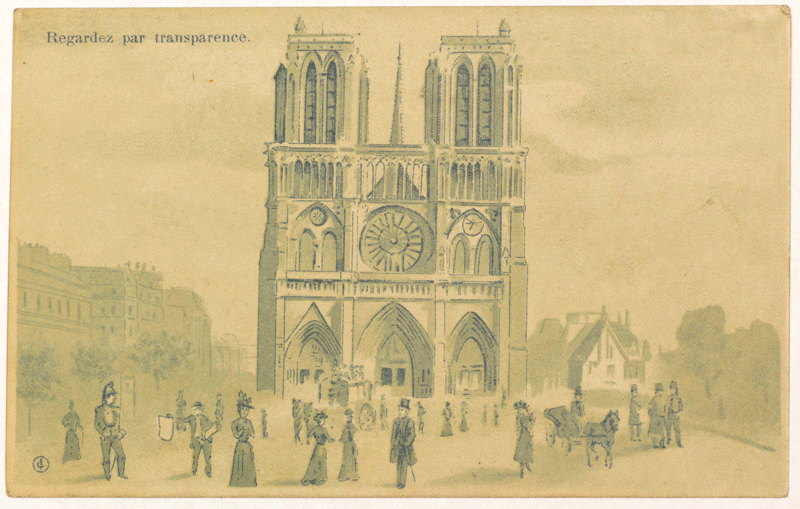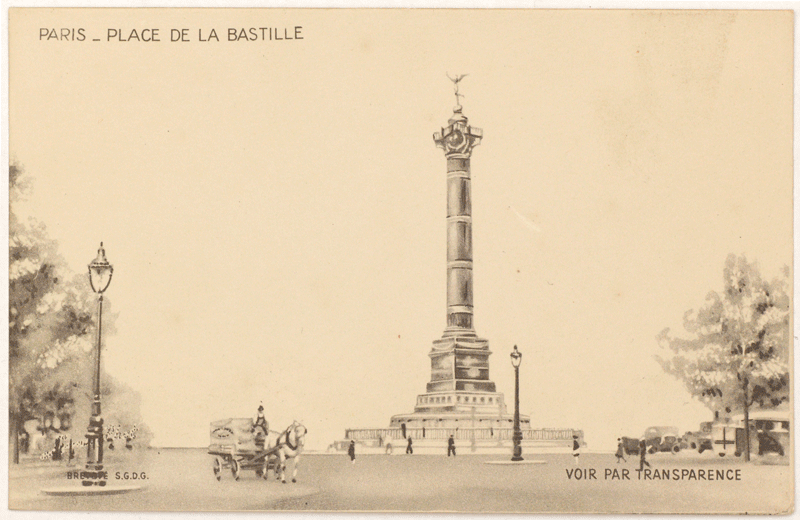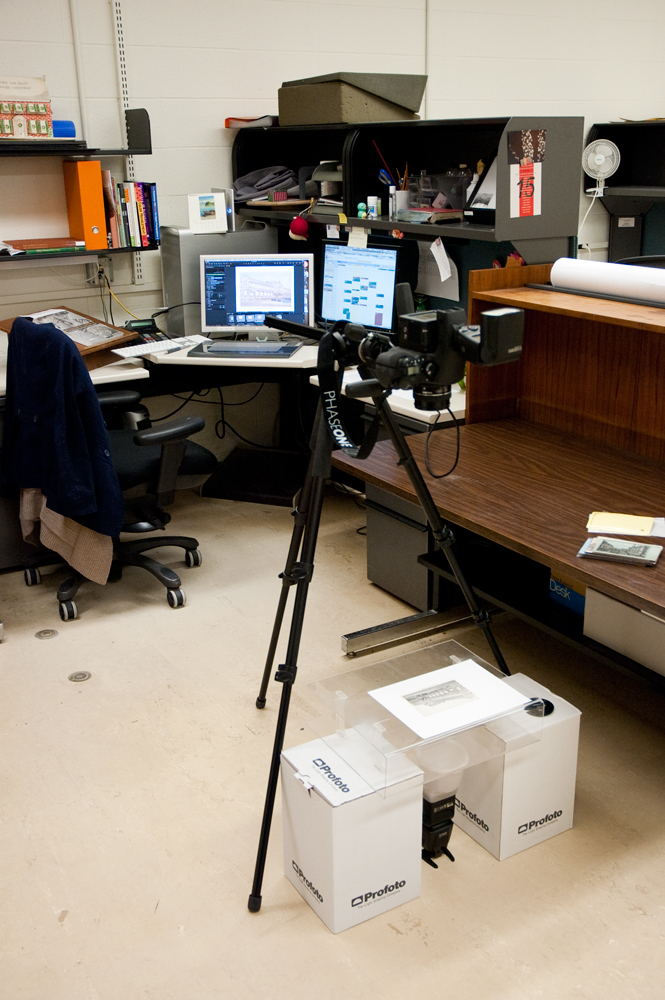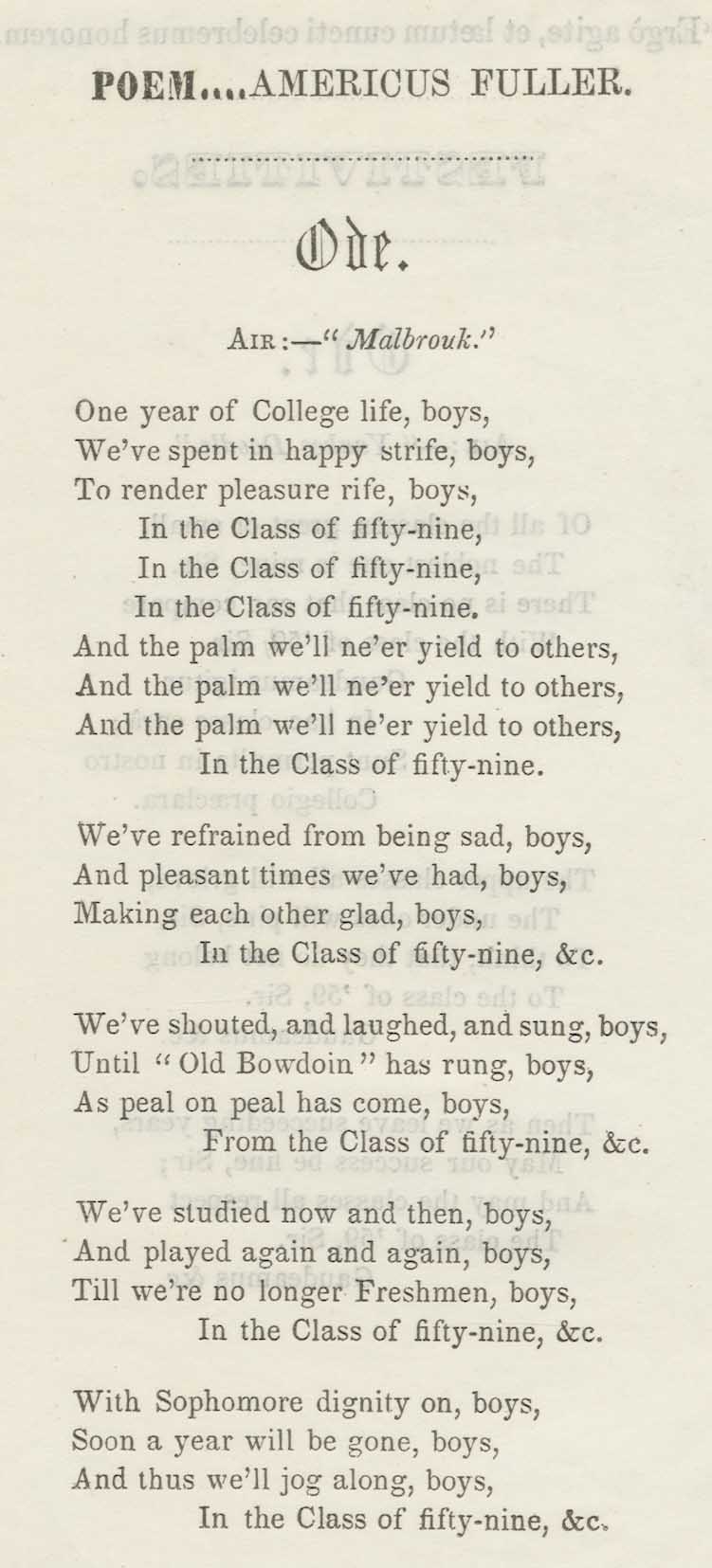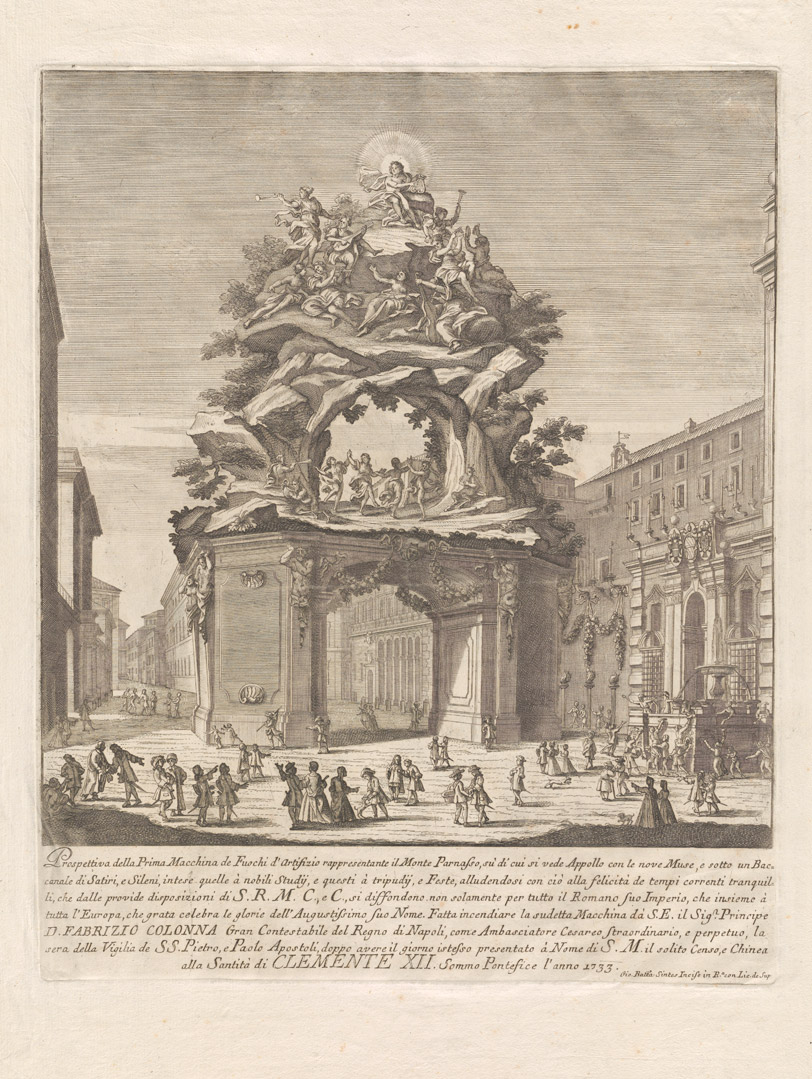Weaving Lives, Scanning Slides
February 18, 2013 by Jacquelyn Harris | 5 Comments
Picturesque landscapes, village life, and intricate hand-woven textiles are predominant features of the Margot Blum Schevill Collection recently donated to the Haffenreffer Museum of Anthropology at Brown University. Schevill began collecting during her many trips to Guatemala as an anthropology graduate student in the 1970s. Her efforts culminated in a collection of over 200 textile pieces, thousands of images, and boxes of correspondence that represent her study of and appreciation for Guatemalan weaving practices, the symbolism of the vivid colors and patterns, and the cultural significance of traditional dress or traje.
In addition to being a graduate student in the Public Humanities Program here at Brown, I also work as a student employee scanning archival materials for Digital Production Services. Two of my peers at the Brown Center for Public Humanities, Anna Ghublikian and Maria Quintero, have been cataloging the Schevill collection for over a year now. Last year, Anna and Maria’s work aligned with an undergraduate student project that partnered with a Maya-Guatemalan weaving collective in nearby New Bedford, Massachusetts. The weavers in the collective – called Oxib’ B’atz (Three Threads in the K’iche language) – use traditional back-strap looms to weave textiles like those in Schevill collection. These traditional weaving practices not only produce beautiful works, they also help the Maya community retain aspects of its cultural identity in its new home in New Bedford.
This fall, Maria and Anna proposed an expansion of the initial project, which would display Oxib’ B’atz works with pieces from the Schevill collection. Their proposal, taken on as a student project and supported by much collaboration, has resulted in a temporary installation currently on view at the New Bedford Whaling Museum. The exhibit Weaving Stories, Weaving Lives: Maya Textiles from Guatemala and New Bedford displays pieces of masterful weaving alongside images from the Schevill collection. On Saturday, March 2nd, at 2:00 p.m., visitors to the museum will be able to see a demonstration by local Maya weavers using the back-strap loom to create beautiful textiles. Additional museum programming includes Maya textile-related crafts and children’s activities during School Vacation Week, and other programs through April 7.
In my role as a Public Humanities student, I have been working with the exhibit team to write guide text and assist with publicity. Meanwhile, in my position as a scanning assistant, I have been scanning hundreds of slides from the Schevill Collection. This collection, once fully digitized and cataloged, will be available through the Haffenreffer Museum, as well as ingested into the Brown Digital Repository. Slide scanning has been a departure from the typical flatbed scanning I had been performing. I learned the nuances of cleaning the slides with a static-free cloth and compressed air, how to orient the slides in the automatic slide feeder, and how to make use of Nikon SuperCoolScan5000 settings to save the files with identifying accession numbers. My hands-on experience with the slides has given me greater appreciation for the “Weaving Stories, Weaving Lives” project, and enough familiarity with the collection to help select some of the images I scanned for the exhibition, which I also helped to install before the official opening on March 2.
Further information on Margot Schevill’s work with ethnographic costume and textiles from Middle America and the Central Andes of South America can be found in the electronic copy of her book Costume as Communication.
– Jacquelyn Harris ‘13





